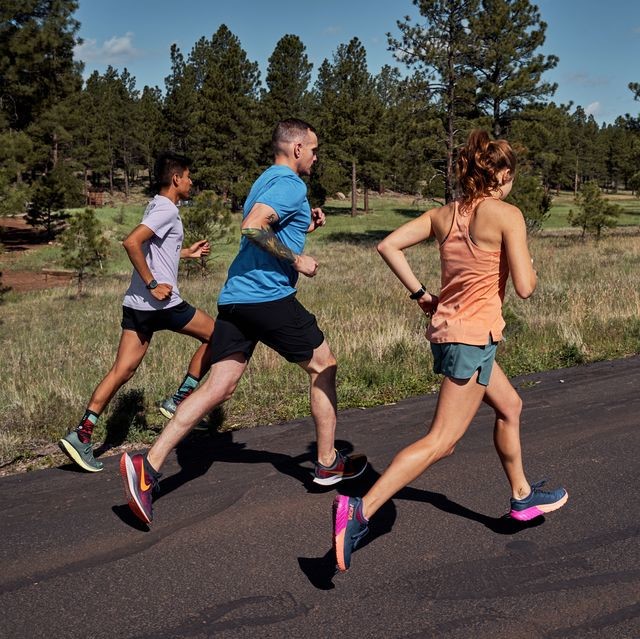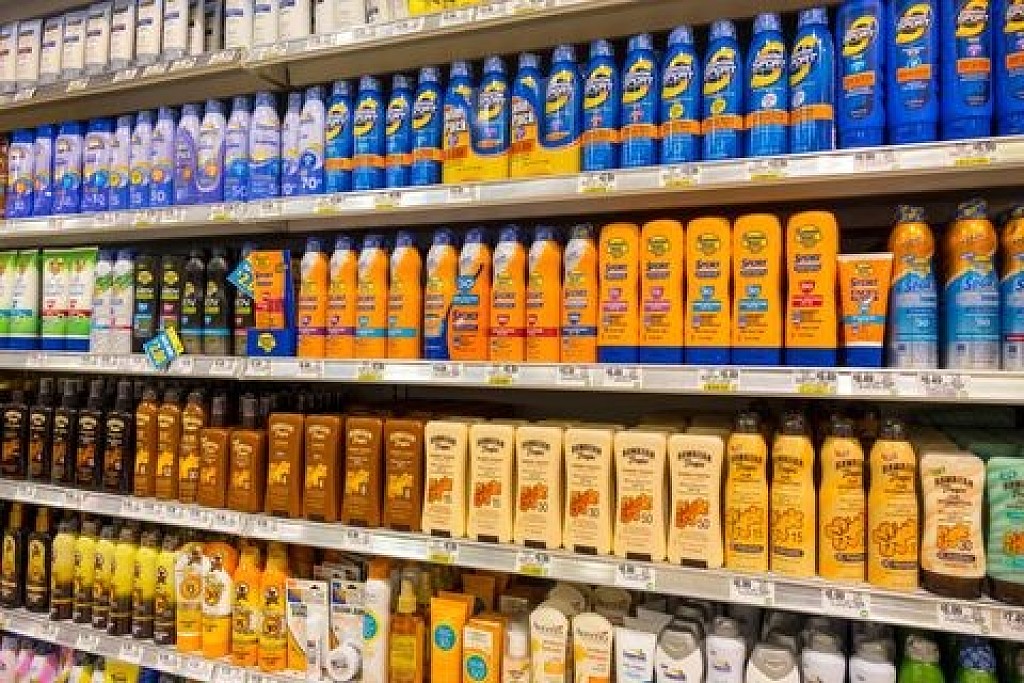Running News Daily
Running News Daily is edited by Bob Anderson. Send your news items to bob@mybestruns.com Advertising opportunities available. Train the Kenyan Way at KATA Kenya and Portugal owned and operated by Bob Anderson. Be sure to catch our movie A Long Run the movie KATA Running Camps and KATA Potato Farms - 31 now open in Kenya! https://kata.ke/
Index to Daily Posts · Sign Up For Updates · Run The World Feed
Exercising Outdoors Doesn’t Boost Your Melanoma Risk—as Long as You Take Precautions
New research suggests you don’t need to hit the treadmill on super sunny days. But you do need sunscreen
Exercising outside doesn’t raise your risk of melanoma, as long as you follow sun-smart strategies, new research suggests.

Using sunscreen (a minimum of SPF 15 or 30 is recommended), covering your skin, and taking advantage of shady spots when you can all lower your chances of getting a sunburn—if you get too many sunburns over time, they can lead to melanoma
The long route you’re about to run is all sunshine and no shade. Does that mean you’re putting yourself at higher risk for skin cancer? A recent study in the journal Preventive Medicine suggests you can lace up and get outside without worry—as long as you follow sun-smart strategies.
Norwegian researchers looked at over 150,000 women ages 30 to 75 who participated in a large-scale study on cancer done over nearly 20 years. They examined whether participants who exercised outdoors reported more incidents of melanoma, which is considered the deadliest type of skin cancer. Previous studies have suggested this is the case, in part because those who spend more time outside are at higher risk of sunburn, which is a contributor to skin cancer.
However the researchers found no increased melanoma risk among participants. Particularly surprising, those results held for the arms as well, which tend to be the most exposed during activity, said co-author Flavie Perrier, Ph.D., research fellow in the Institute of Basic Medical Sciences at the University of Oslo.
She told Runner’s World that focusing on Norway is notable here, since the country has the third highest incidence of melanoma in Europe, but the highest mortality rate from the disease. Also, people in Norway tend to have light skin and many enjoy sunbathing in the summer, which both increase melanoma risk.
That means finding ways to lower incidence is especially important for the country, but the results can apply anywhere. She did add that they were unsure if the results would apply to men, since only women were included in the study, but that it was likely the sunburn connection would be relevant for them as well.
“We found that a large proportion of women didn’t get sunburns compared to those who were less active, and this might be due to taking more precautions,” she said.
Previous research suggests that it doesn’t take many sunburns to become problematic. One study, published in the journal Cancer Epidemiology, Biomarkers & Prevention, found women who had at least five “blistering” sunburns before age 20 had an 80 percent increased risk for melanoma.
Sunburn is an inflammatory reaction to the ultraviolet radiation experienced during prolonged sun exposure, according to The Skin Cancer Foundation. For people with less melanin—a pigment that gives skin its color—skin cells become red and swollen, and that damage alters a tumor-suppressing gene so that cells are less able to repair themselves. That can cause cancer to both form and spread.
To protect yourself, experts recommend using a sunscreen with at least a factor of SPF 15—which has been shown to reduce melanoma risk significantly—but the researchers in the recent Norwegian study suggest SPF 30 as a starting point. Also, The Skin Cancer Foundation’s sun protection guide provides useful guidance, such as covering your skin, taking advantage of shady spots when you can, and choosing the right sunscreen.
You won’t find any reef-harming chemicals in this sunscreen. What you will get is a thick, protective barrier of zinc oxide.
Login to leave a comment




